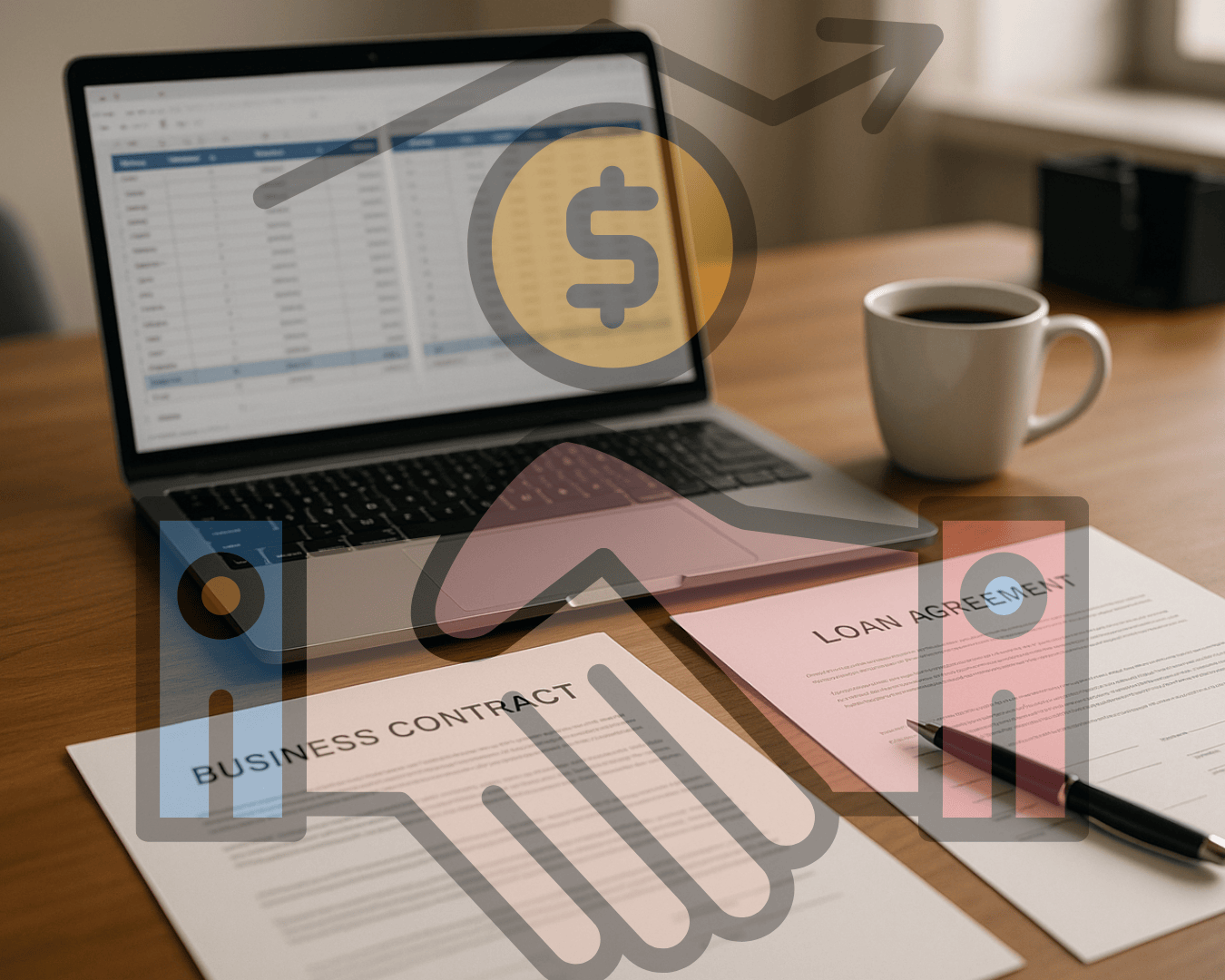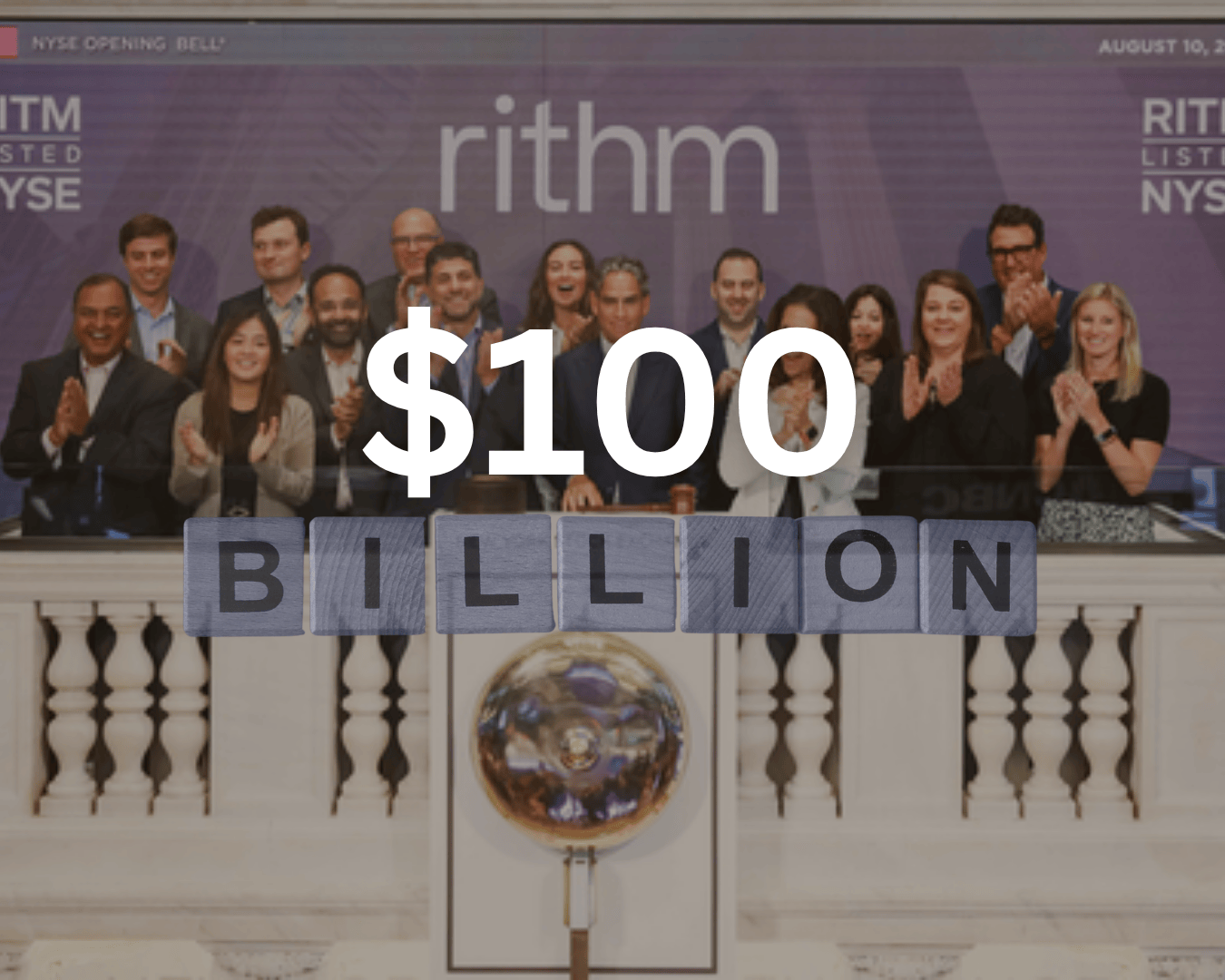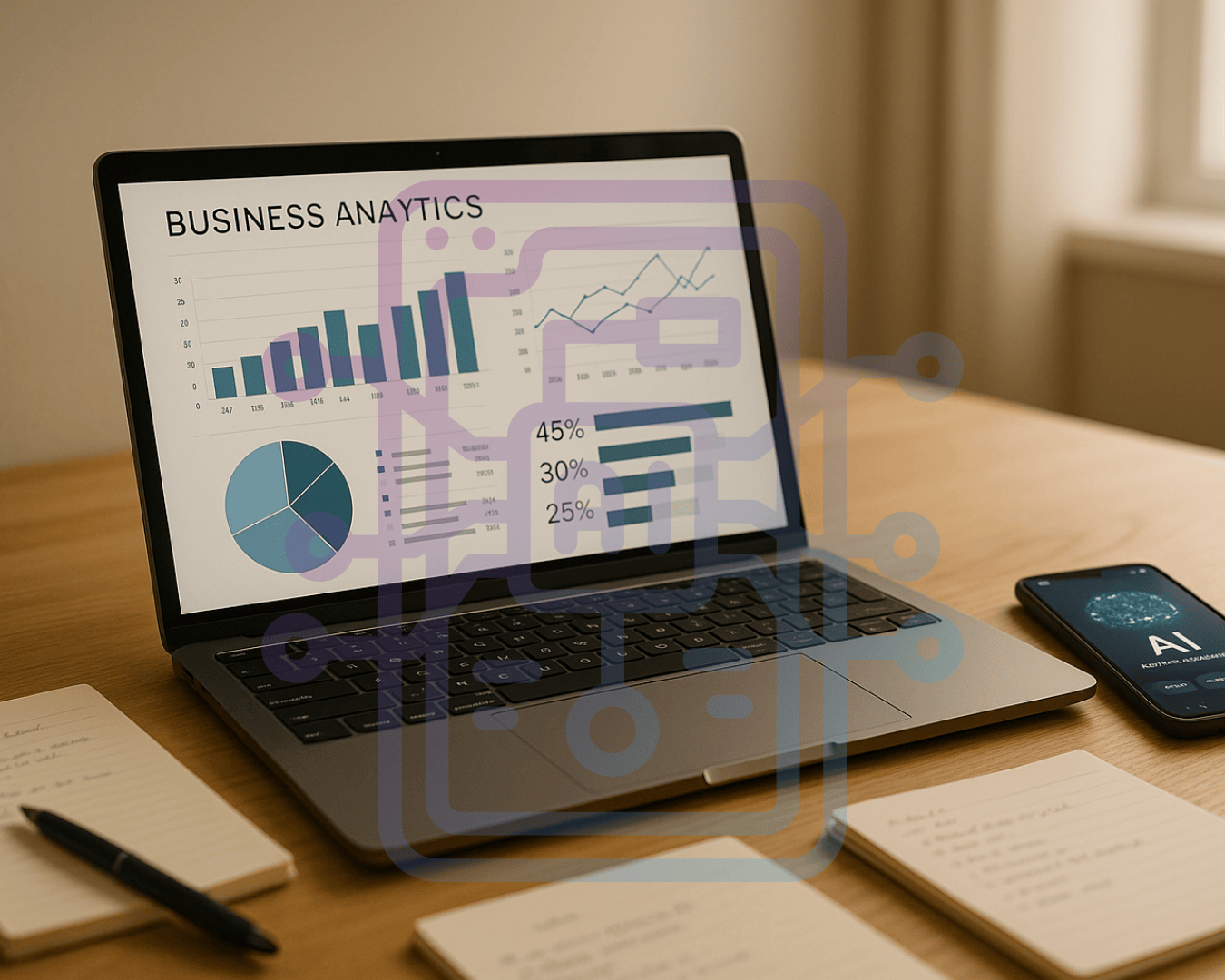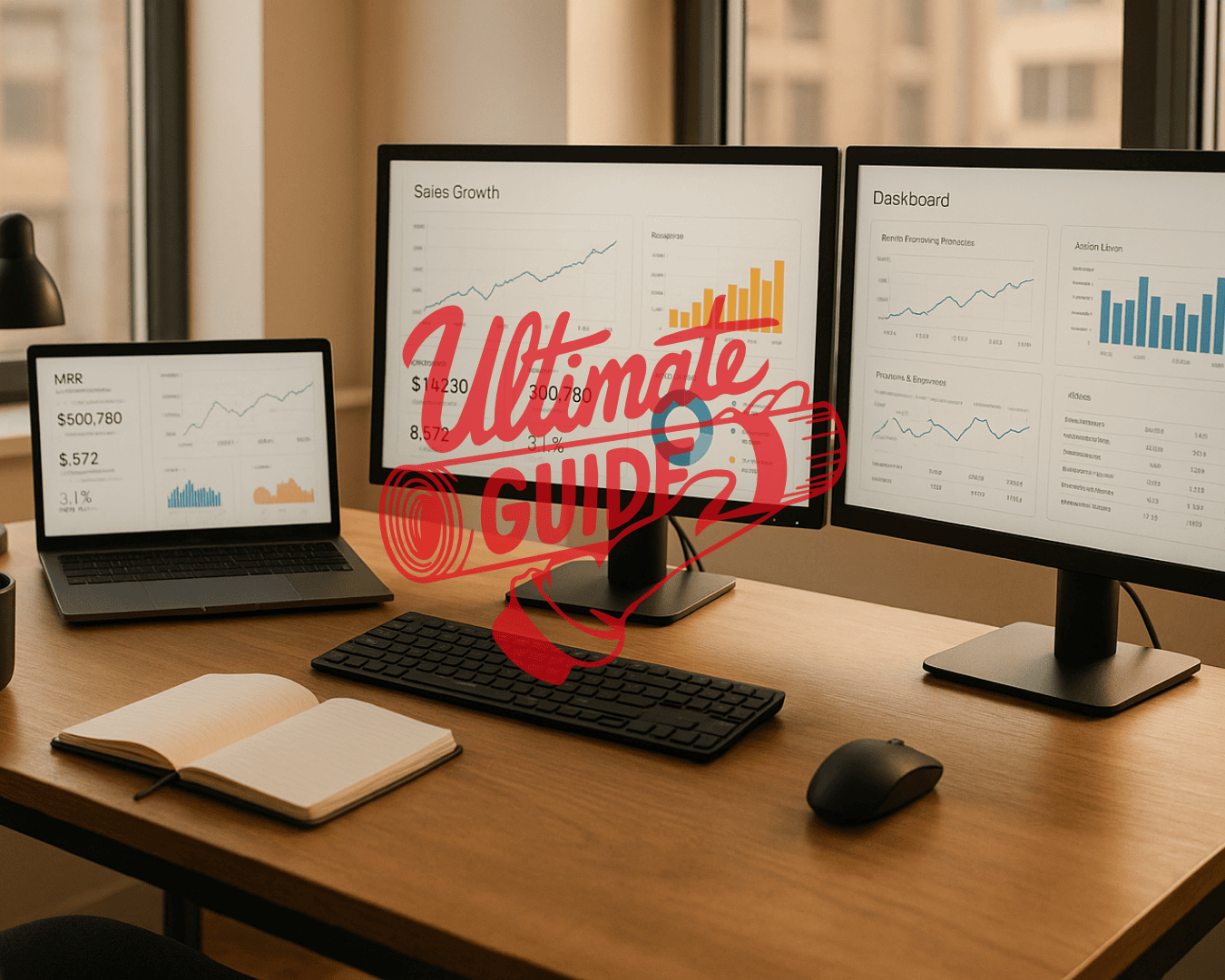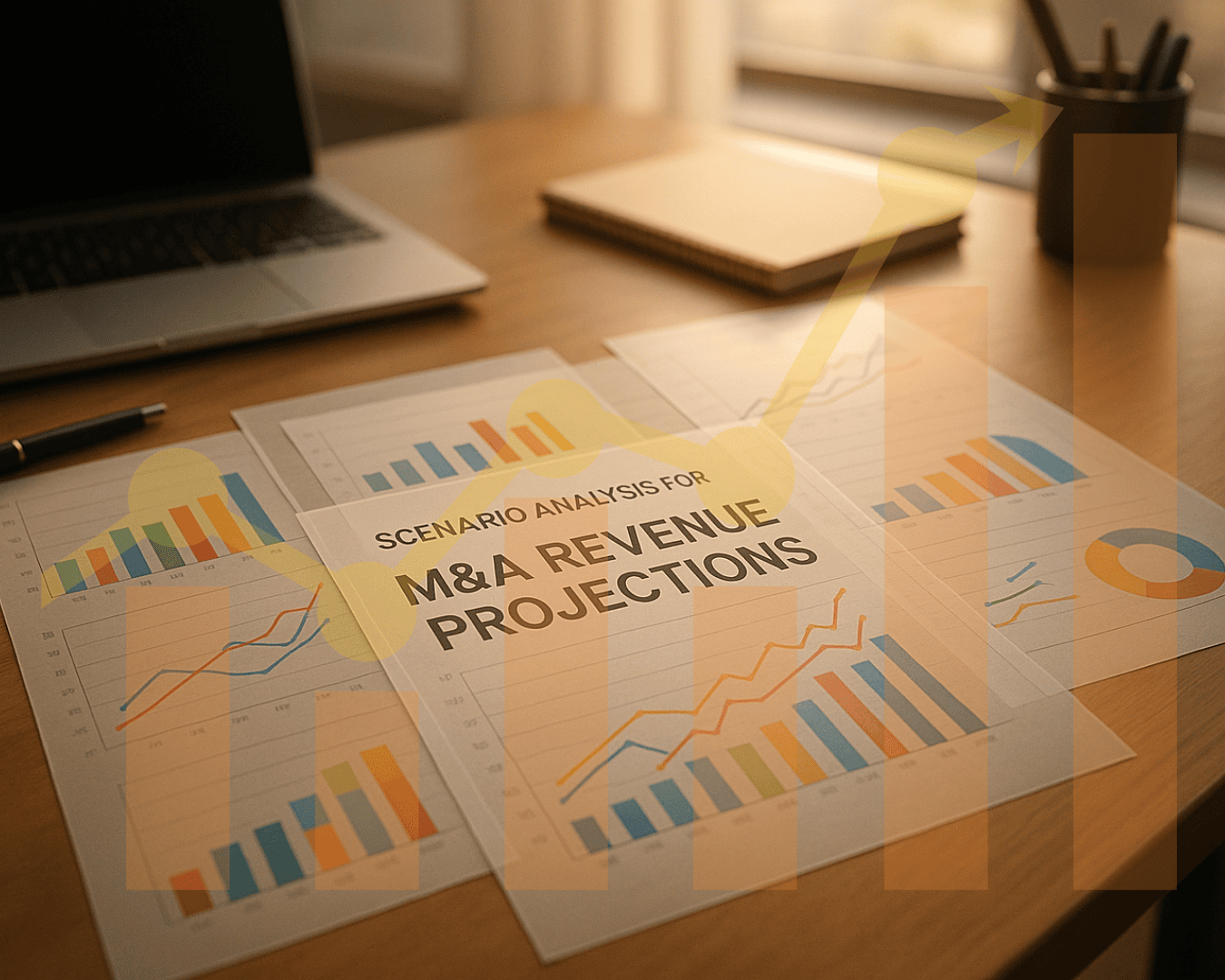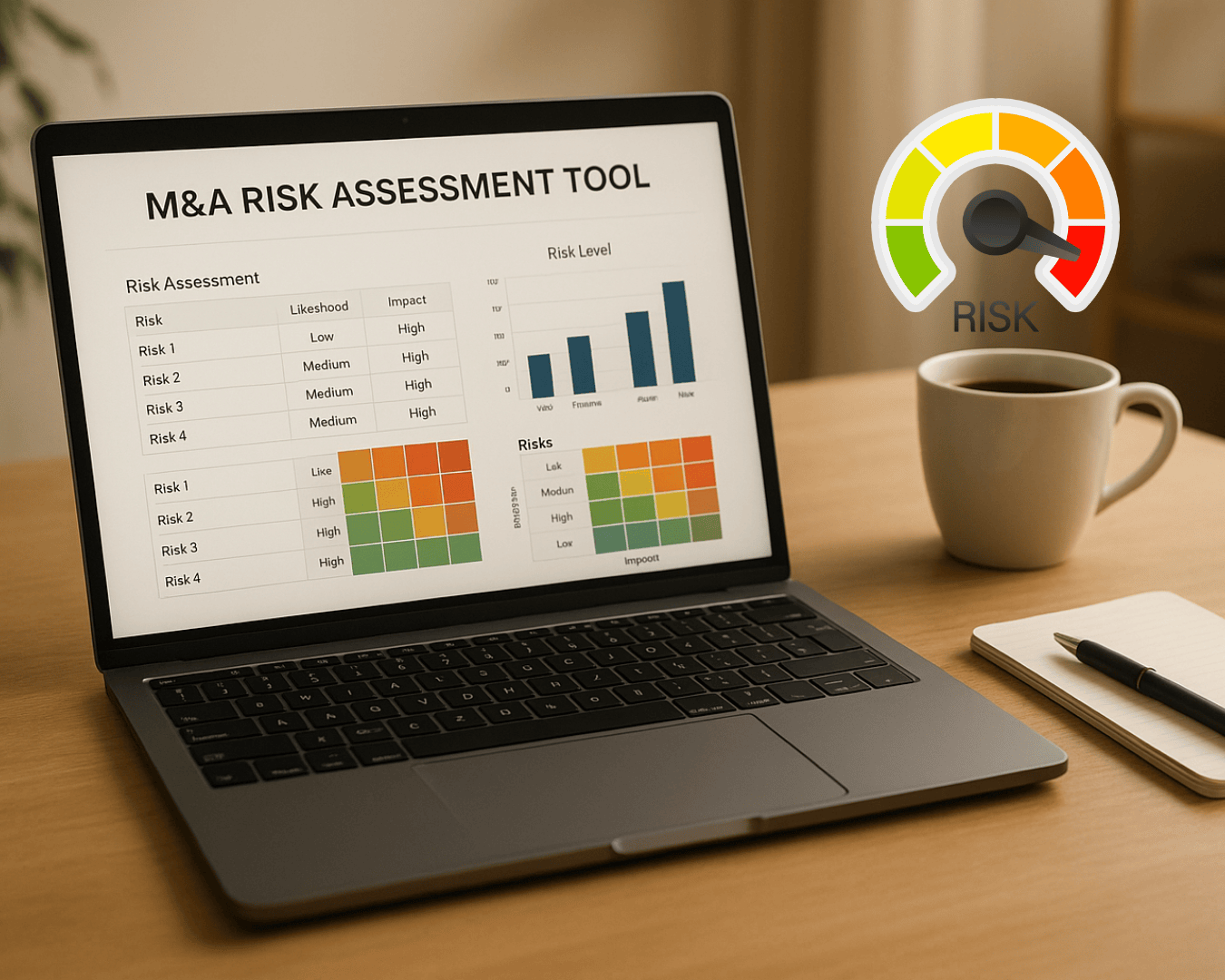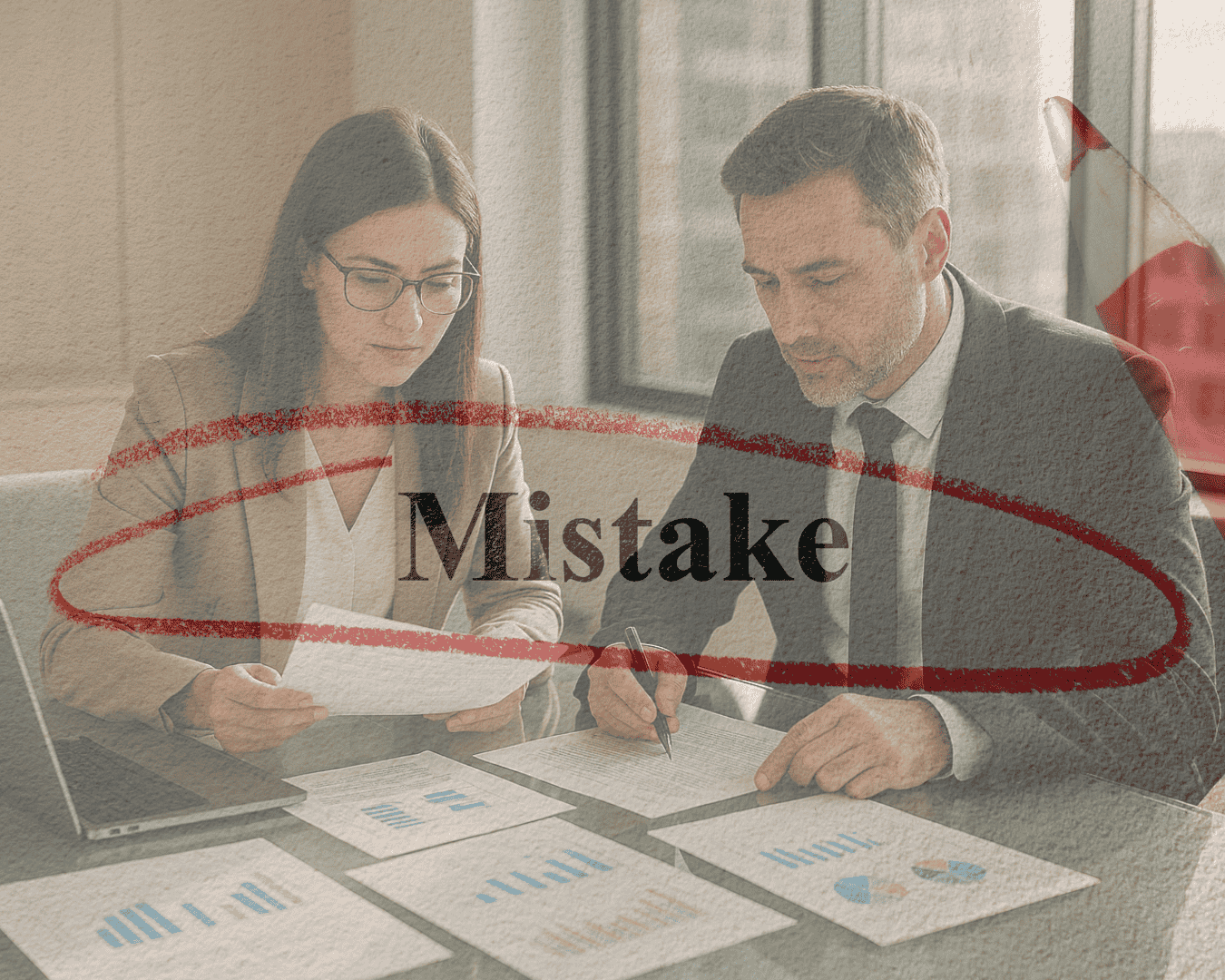AI is transforming mergers and acquisitions (M&A) by making it easier to find hidden opportunities, especially off-market deals. These are businesses not actively listed for sale but potentially open to offers. Here’s how AI is changing the game:
- Faster Analysis: AI processes large datasets - financial reports, news, social media - to identify companies ready for acquisition.
- Better Predictions: Machine learning flags signs like slowing growth or leadership changes, helping buyers spot potential sellers early.
- Smarter Search: Tools like natural language processing (NLP) scan unstructured data (e.g., press releases) for subtle hints of acquisition readiness.
- Efficient Outreach: Generative AI personalizes emails and simplifies due diligence, saving time and resources.
AI not only speeds up the process but also expands the range of potential targets, giving buyers an edge in competitive markets. However, challenges like data quality and the need for human judgment remain critical.
Key Takeaway: AI-powered tools like Clearly Acquired and Grata are reshaping M&A deal sourcing, offering faster, data-driven insights to uncover opportunities that manual methods often miss. Balancing AI insights with human expertise is essential for success.
Traditional Methods vs. AI-Driven Deal Sourcing
Problems with Traditional M&A Sourcing
Traditional M&A deal sourcing has been the go-to approach for years, but it comes with a host of challenges that can drain resources and limit opportunities. The biggest issue? It's reactive. Buyers are stuck relying on seller-disclosed information, which often leaves them scrambling to compete for a small pool of deals.
Another limitation is the narrow focus of traditional methods. They tend to spotlight larger, well-known companies, overlooking smaller and mid-market businesses that might align perfectly with a buyer's goals. Compounding this, many sources - like brokers or investment banks - have their own priorities, which might not match up with what buyers are looking for.
There's also the problem of timing. By the time a deal reaches traditional channels, it may already be too late. Key players might have received offers or entered exclusive negotiations, leaving buyers with fewer options and less negotiating power.
The process itself is another hurdle. Traditional sourcing relies on manual labor and tedious outreach to individual bankers and advisors, making it a time-consuming and inefficient system. Studies show structured deal sourcing can increase M&A success by 2.5 times, yet traditional methods often fall short of this potential. Geographic constraints further limit opportunities, causing buyers to miss out on international deals that could offer better value or strategic alignment. On top of that, the costs - conference fees, advisor retainers, and outreach expenses - can quickly add up.
All these factors lead to intense competition over a limited pool of publicized deals. This saturation drives up prices and shrinks the chances of success.
In contrast, AI offers a proactive and systematic approach that completely changes the game for deal sourcing.
How AI Changes Deal Finding
AI takes deal sourcing to the next level by flipping the script - it's proactive instead of reactive. Rather than waiting for deals to surface, AI systems constantly analyze massive amounts of data to spot potential targets before they hit the open market.
One of the biggest advantages is scale. Traditional methods rely on time and personal connections, but AI-powered tools can evaluate thousands of companies across industries and regions simultaneously.
AI also tackles the issue of information asymmetry. It pulls insights from a variety of publicly available sources - financial filings, news reports, social media, patent applications, and regulatory documents - to detect early signs that a company might be open to acquisition discussions.
What makes AI even more powerful is its ability to tailor the search. Buyers can program AI systems to focus on specific acquisition criteria, such as revenue ranges, growth rates, market positions, or operational details. This level of customization beats the generic, one-size-fits-all nature of traditional methods.
Data supports the effectiveness of this approach. Companies with strong deal sourcing and screening processes are 28% more likely to see value creation from their deals. By offering a data-driven way to identify and evaluate opportunities, AI helps buyers make smarter decisions and refine their strategies.
AI also levels the playing field. Smaller companies, which might not have the budget for big advisory teams, can now access advanced analysis tools. This opens up a world of opportunities for strategic acquisitions in markets that were once out of reach. With these capabilities, AI lays the groundwork for uncovering hidden opportunities in ways traditional methods simply can't match.
AI Methods for Finding Hidden Opportunities
AI is reshaping how M&A deal sourcing is done, leveraging three powerful technologies to uncover opportunities that traditional methods often miss. These approaches not only predict potential acquisition targets but also streamline the steps needed to turn those predictions into actionable deals. From identifying companies ready to sell to automating outreach, AI is transforming the entire process.
Machine Learning for Predictive Analysis
Machine learning dives deep into vast amounts of data to uncover patterns that hint at potential acquisition targets. It analyzes key financial metrics like slowing revenue growth, rising debt-to-equity ratios, or cash flow struggles - factors that may push a company toward selling. On top of that, operational signals such as leadership changes, layoffs, or shifts in strategy are also flagged as potential indicators of acquisition readiness.
Behavioral patterns also play a role. For instance, when companies start engaging with investment banks, ramp up marketing efforts to improve valuation, or tidy up their financial reporting, machine learning can detect these as signs of sale preparation.
Beyond individual companies, machine learning considers broader trends. It evaluates geographic and industry-specific patterns, identifying sectors or regions experiencing consolidation. Companies that share traits with recent acquisition targets but haven't yet entered the market are flagged as potential opportunities.
Timing is another critical advantage. These systems can predict not just who might sell, but when they are most likely to be receptive. By analyzing business cycles, financial reporting schedules, and historical trends, machine learning helps pinpoint the best moments to initiate discussions. These insights often serve as a foundation for further analysis using NLP.
Natural Language Processing for Data Analysis
Natural Language Processing (NLP) takes deal sourcing to the next level by analyzing unstructured text from a variety of sources. It processes everything from news articles and press releases to regulatory filings and social media posts, identifying signals that traditional methods might overlook.
NLP scans thousands of news sources daily, looking for language that hints at acquisition readiness. Phrases like "exploring options", "strategic alternatives", or "maximizing shareholder value" often appear in corporate communications long before a formal sale process begins.
Regulatory filings are another goldmine. NLP digs into 10-K and 10-Q reports, analyzing shifts in tone, risk disclosures, or strategic priorities. For example, a company emphasizing "strategic flexibility" or "capital allocation alternatives" might be signaling openness to acquisition discussions.
Sentiment analysis adds another layer by tracking how executives discuss their outlook. A shift from growth-focused language to terms like "efficiency" or "optimization" can suggest a company is preparing for a sale or facing pressures that make acquisition appealing.
Social media and professional networks provide additional clues. NLP can analyze LinkedIn activity, industry forums, and executive communications to detect strategic shifts, relationship changes, or market repositioning. It also examines patent filings, trademark applications, and licensing agreements to spot changes in intellectual property strategies - often a sign of financial strain or strategic pivots that could lead to acquisition discussions.
Generative AI for Outreach and Due Diligence
Once potential targets are identified, generative AI steps in to streamline outreach and evaluation. While it doesn't find opportunities, it makes acting on them faster and more efficient.
The most immediate impact is in personalized outreach. Generative AI creates tailored emails, presentations, and letters that resonate with decision-makers. Instead of relying on generic templates, the AI incorporates details about the target company's recent developments, industry landscape, and strategic challenges. This level of personalization leads to higher response rates compared to traditional mass outreach methods.
When discussions progress, generative AI simplifies due diligence. It generates customized checklists based on the target's industry, size, and transaction type. From organizing data rooms to drafting preliminary analysis frameworks, the AI handles tasks that would otherwise take significant time and effort.
Generative AI also automates document creation, producing term sheets, confidentiality agreements, and valuation models tailored to the specific deal. These documents are not only accurate but also adapted to the unique characteristics of each transaction.
Additionally, it enhances competitive intelligence by synthesizing data from various sources into actionable insights. For example, it can create detailed market positioning studies, competitive analyses, and strategic assessments to guide acquisition decisions.
Benefits and Challenges of AI in M&A Deal Discovery
AI is reshaping the way mergers and acquisitions (M&A) deals are sourced, offering impressive advantages while introducing new complexities. Let’s break down the key benefits and challenges that come with using AI in this space.
Benefits: Speed, Precision, and Reach
AI has revolutionized the speed of deal sourcing. Tasks that once took weeks - like combing through financial statements, news articles, and industry reports - can now be completed in just a few hours. This efficiency allows firms to act faster and stay ahead in competitive markets.
AI also brings a level of precision that traditional methods often lack. By analyzing subtle patterns across financial and operational data, AI can uncover early warning signs or opportunities that might otherwise go unnoticed. This leads to more informed and strategic decision-making.
Another standout benefit is AI’s ability to scale. It can monitor a vast number of companies across various industries and regions, offering a broader view of potential opportunities. This is especially critical for uncovering off-market deals, where timing can make all the difference. While implementing AI may require a significant upfront investment, it reduces the need for large analyst teams, delivering consistent and scalable results.
Still, these benefits come with their own set of challenges.
Challenges: Data Reliability and the Need for Human Input
One of the biggest hurdles is data quality. AI systems are only as effective as the data they process, and information on private companies is often incomplete or inconsistent. Poor data can undermine the reliability and value of AI insights.
Human oversight is another critical factor. While AI can flag potential targets and highlight patterns, it lacks the ability to fully understand context, assess compatibility, or make nuanced judgments. Decisions like evaluating a company’s fit or navigating complex cultural factors still require human expertise to avoid costly missteps.
Regulatory and compliance concerns further complicate matters. AI systems must adhere to securities regulations when analyzing public companies, and data privacy laws can limit how information from private firms is collected and used. These restrictions can reduce the effectiveness of AI in certain scenarios.
Finally, relying heavily on AI introduces new risks. System downtime or unexpected errors can disrupt workflows, leaving teams scrambling if they lack proper backup processes. To mitigate this, companies need robust contingency plans to ensure smooth operations even when technology falters.
For AI to truly transform M&A deal sourcing, firms must tackle these challenges head-on. By ensuring high-quality data, fostering collaboration between humans and AI, and seamlessly integrating technology into their workflows, companies can maximize the potential of AI while minimizing its risks.
Case Studies: AI Success Stories in M&A
Examples from the field show how AI is transforming mergers and acquisitions (M&A) by uncovering opportunities that might otherwise remain hidden. Instead of waiting to evaluate deals that come to market, AI enables firms to proactively identify and pursue promising targets.
Take a private equity firm focused on healthcare. By using machine learning, they detected subtle changes in revenue and profit margins - patterns that traditional screening methods overlooked. This shift not only revealed hidden opportunities but also sped up their deal pipeline significantly.
In another instance, a strategic acquirer in industrial manufacturing turned to natural language processing to dig into contracts and operational reports. This analysis unearthed operational synergies among several companies, sparking a series of acquisitions aimed at cutting costs and strengthening their market position.
A technology-focused investment firm tapped into predictive analytics to assess customer behavior and revenue stability in software companies they were eyeing. With these AI-driven insights, they approached potential targets before the competition, negotiating better acquisition terms in the process.
Meanwhile, a regional bank looking to expand its footprint used AI to study demographic trends and local market data. By analyzing banking conditions and population statistics, the system identified overlooked markets, enabling the bank to pursue targeted growth through off-market acquisitions.
These cases highlight how AI tools are not just simplifying the process of finding hidden opportunities - they’re also allowing firms to act faster and with greater precision. As the technology advances, its impact on deal sourcing and overall M&A efficiency is only expected to deepen.
sbb-itb-a3ef7c1
AI-Powered Tools for Off-Market Deal Sourcing
AI-powered platforms are reshaping how off-market deals are sourced, turning what was once a relationship-heavy process into a scalable, data-driven strategy. With 77% of M&A dealmakers already using AI and another 19% planning to adopt it soon, these tools are becoming indispensable for staying competitive. One standout example is Clearly Acquired, a platform that’s redefining how buyers find and close off-market opportunities.
Clearly Acquired: A Game-Changer in Deal Sourcing
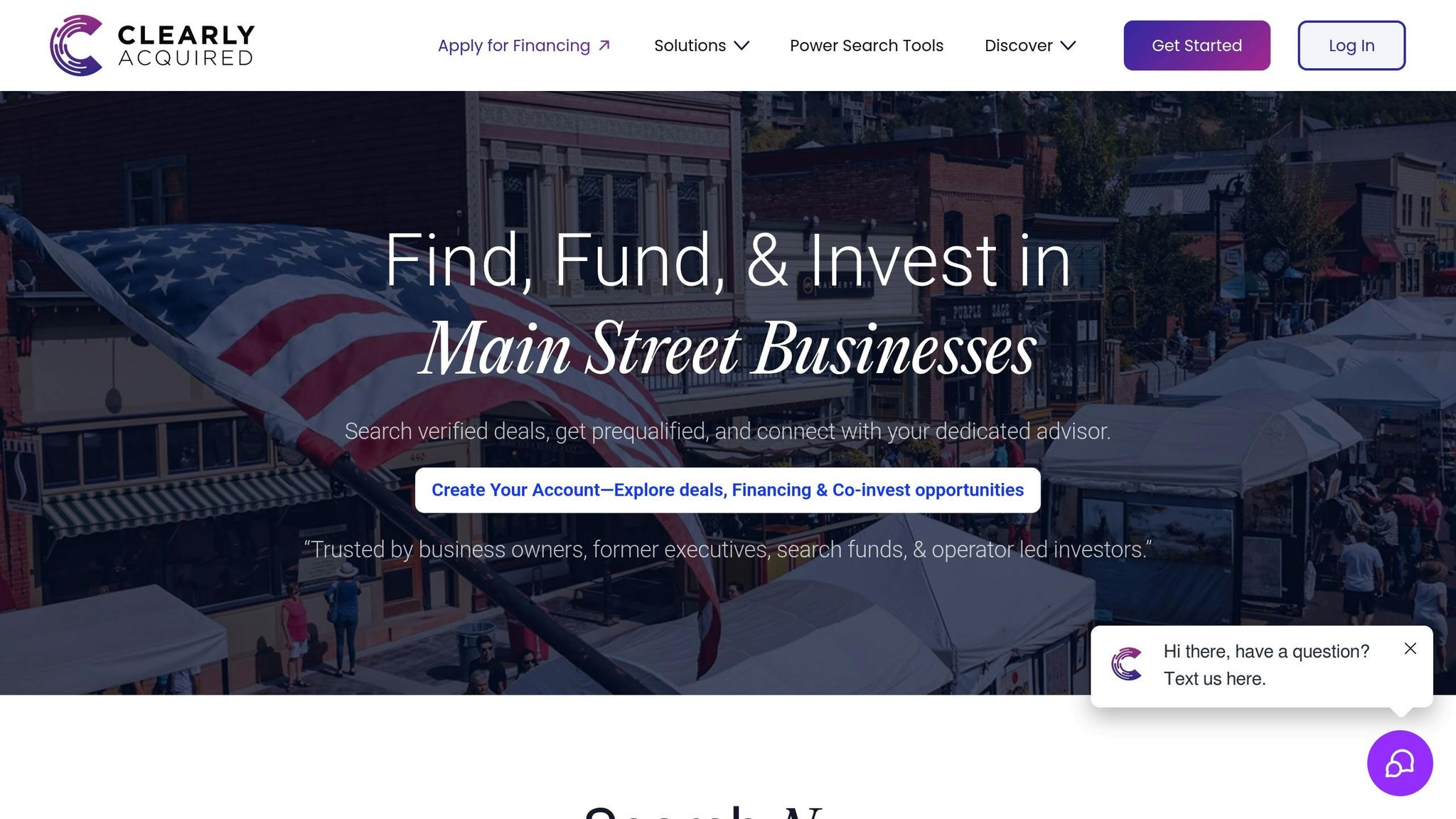
Clearly Acquired operates as a tech-enabled Main Street investment bank, weaving AI into every part of the M&A process. Its goal? To tackle the unique challenges of sourcing and closing off-market deals by combining powerful search technology with automated verification and streamlined deal management.
The platform gives buyers access to a database of 200 million off-market businesses, far exceeding what traditional broker listings offer. This means uncovering opportunities that might otherwise stay hidden. But what makes Clearly Acquired stand out is its ability to integrate deal execution into the sourcing process.
Here’s how it works:
- Automated Analysis: The platform evaluates business descriptions and financial documents to surface the most relevant opportunities.
- Data Validation: AI handles screening and verification, cutting down on the time and effort needed to assess potential deals.
- Streamlined Deal Management: Automated tools like data rooms and NDA deployment simplify tracking, underwriting, and engagement.
Additionally, buyers can benefit from advanced search algorithms that match them with the best financing options, including SBA 7(a) loans, SBA 504 financing, commercial loans, equipment financing, or equity investments. For due diligence, AI-driven tools flag risks and opportunities by analyzing financial trends, market conditions, and core business metrics - helping buyers make informed decisions without wasting resources. This AI-first approach significantly increases the odds of finding deals that traditional methods might overlook.
Other AI Tools Making an Impact
Clearly Acquired isn’t the only player in this space. Several other AI tools are enhancing the M&A process:
- Grata: This platform maps the private company landscape, helping firms identify acquisition targets based on specific criteria. It’s particularly useful for uncovering prospects that would otherwise go unnoticed.
- DealRoom AI: Speeds up due diligence by extracting key terms and summarizing documents, saving time and effort.
- Deloitte’s cultural due diligence AI: Analyzes employee sentiment to assess potential integration risks.
The trend is undeniable: while only 16% of M&A professionals currently use generative AI, more than 80% plan to adopt it within the next three years for tasks like target identification, evaluation, and integration. The rapid uptake of these technologies highlights their ability to uncover hidden opportunities and streamline deal processes.
For buyers and advisors, the real power of these tools comes from blending AI insights with human expertise. Success depends on clearly defining acquisition goals, ensuring the accuracy of data inputs, and using platforms like Clearly Acquired that bring multiple AI capabilities together to simplify off-market deal sourcing and execution.
Conclusion: What's Next for AI in M&A
AI has transitioned from being a niche tool to a key player in the world of M&A deal sourcing. Many professionals are already weaving AI into their workflows, and an increasing number are gearing up to embrace generative AI tools soon. The real hurdle? Adopting these technologies quickly enough to stay ahead.
The way off-market deals are discovered is undergoing a major shift. Traditional approaches, which often relied on broker networks and personal connections, are now being enhanced - or in some cases, replaced - by AI systems. These platforms, like Clearly Acquired, can scan and analyze countless businesses at once, uncovering opportunities that would otherwise remain hidden.
In this fast-paced landscape, speed and precision are becoming the ultimate edge. While human dealmakers are confined by the limits of manual research, AI systems can process and evaluate a far greater number of potential targets in a fraction of the time. With tools like machine learning and natural language processing (NLP), AI can uncover patterns in financial data and extract valuable insights from industry trends.
However, the secret to success lies in blending AI with human expertise. By setting clear acquisition criteria and relying on accurate data, AI becomes a tool that enhances human judgment rather than replacing it.
Looking ahead, AI technology will only grow more advanced. Predictive analytics will likely improve in spotting acquisition targets earlier in their development. Generative AI could streamline outreach efforts and early due diligence, while better data validation methods will ensure that time is spent on the most promising opportunities.
For buyers and investment professionals, the message is clear: adopt AI-powered deal sourcing now. Those who are already using these tools are seeing improvements in the quality of deals and the speed of transactions. The future of M&A will belong to those who combine the power of AI with human insight.
FAQs
How does AI uncover off-market opportunities in M&A, and why is it more effective than traditional methods?
How AI is Changing the Game in M&A Off-Market Opportunities
AI is reshaping the way off-market opportunities are uncovered in the world of mergers and acquisitions (M&A). By diving into massive amounts of unstructured data, tapping into predictive analytics, and applying machine learning, AI can reveal opportunities that traditional methods often overlook. This means dealmakers can identify businesses that aren’t actively up for sale but could still be strong acquisition targets.
Traditional approaches rely heavily on manual research and personal networking - both time-consuming and limited in scope. AI, on the other hand, processes real-time data on a large scale, cutting down on time while delivering sharper insights. This gives buyers the ability to move quickly and with more certainty. In a fast-paced and competitive M&A environment, AI provides a smarter, more streamlined way to discover hidden opportunities.
What challenges do companies face when using AI for sourcing M&A deals, and how can they overcome them?
Challenges in AI-Powered M&A Deal Sourcing
AI tools in M&A deal sourcing come with their own set of obstacles. One major concern is maintaining data privacy and security, especially when dealing with sensitive corporate information. Another issue lies in AI's difficulty in spotting off-market opportunities due to inconsistent or incomplete data. On top of that, assessing qualitative factors like whether a seller is ready to make a deal or how well two companies align culturally remains a challenge, as these elements often require a human touch.
To tackle these challenges, firms can take several steps. Implementing robust data security measures helps safeguard sensitive information. Investing in better methods for collecting and refining data improves AI's accuracy. Finally, combining human expertise with AI-generated insights creates a balanced approach, leading to smarter decisions and more dependable outcomes when identifying and evaluating potential deals.
How do AI-powered tools like Clearly Acquired make M&A processes more efficient, and what key features do they offer?
AI-powered tools like Clearly Acquired are transforming the M&A landscape by taking over repetitive tasks such as data collection, due diligence, and deal screening. By automating these processes, they not only cut down on manual work but also reduce the chances of errors. This allows dealmakers to shift their focus to more strategic, high-impact activities. Plus, with the ability to process massive datasets in no time, AI can reveal hidden opportunities - like off-market deals - and even suggest potential matches using advanced analytics.
Some standout features include AI-driven deal sourcing, automated contract summaries, risk assessment tools, and workflow optimization. Together, these tools empower buyers, sellers, and investors to make quicker, better-informed decisions while ensuring smoother transactions every step of the way.





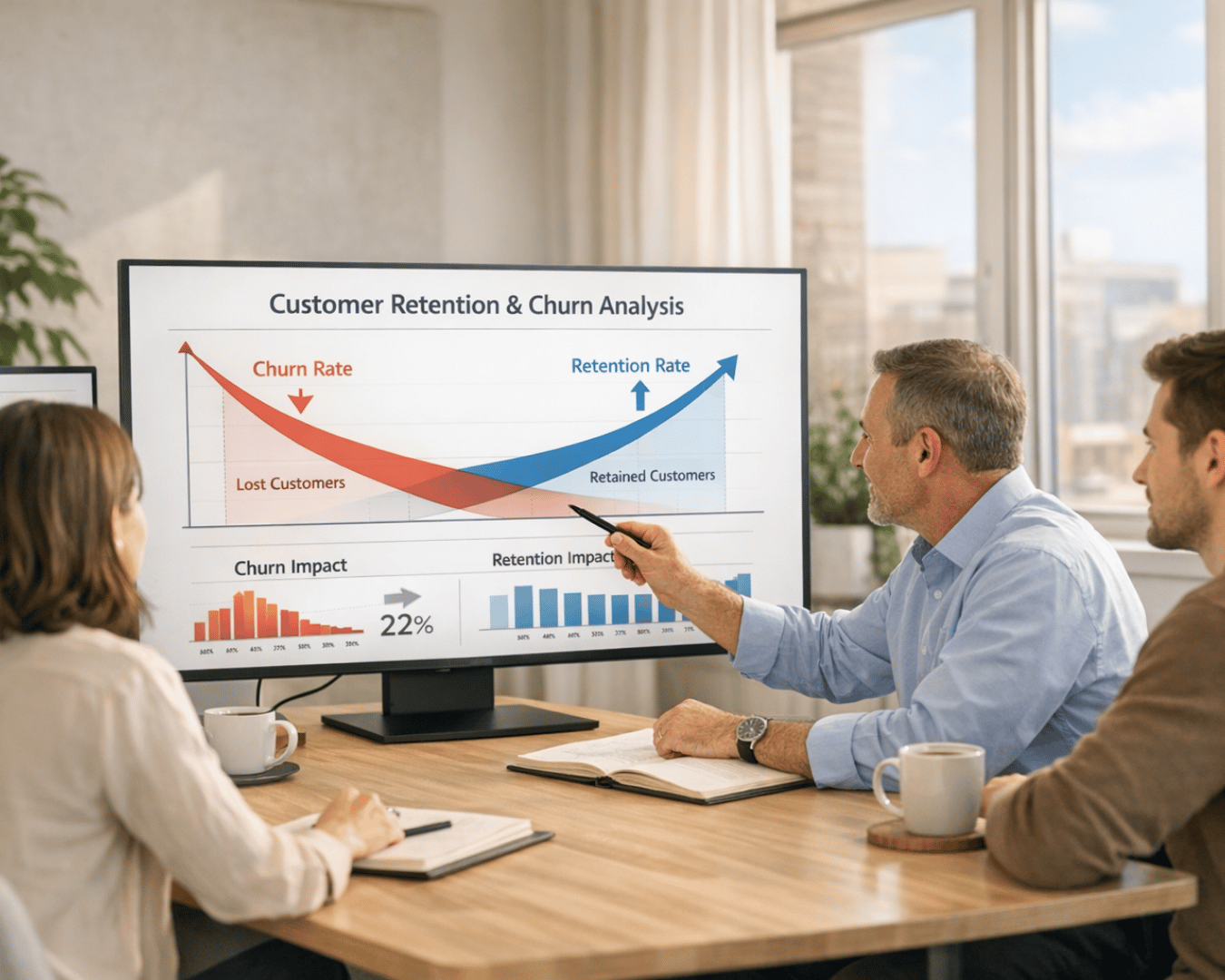










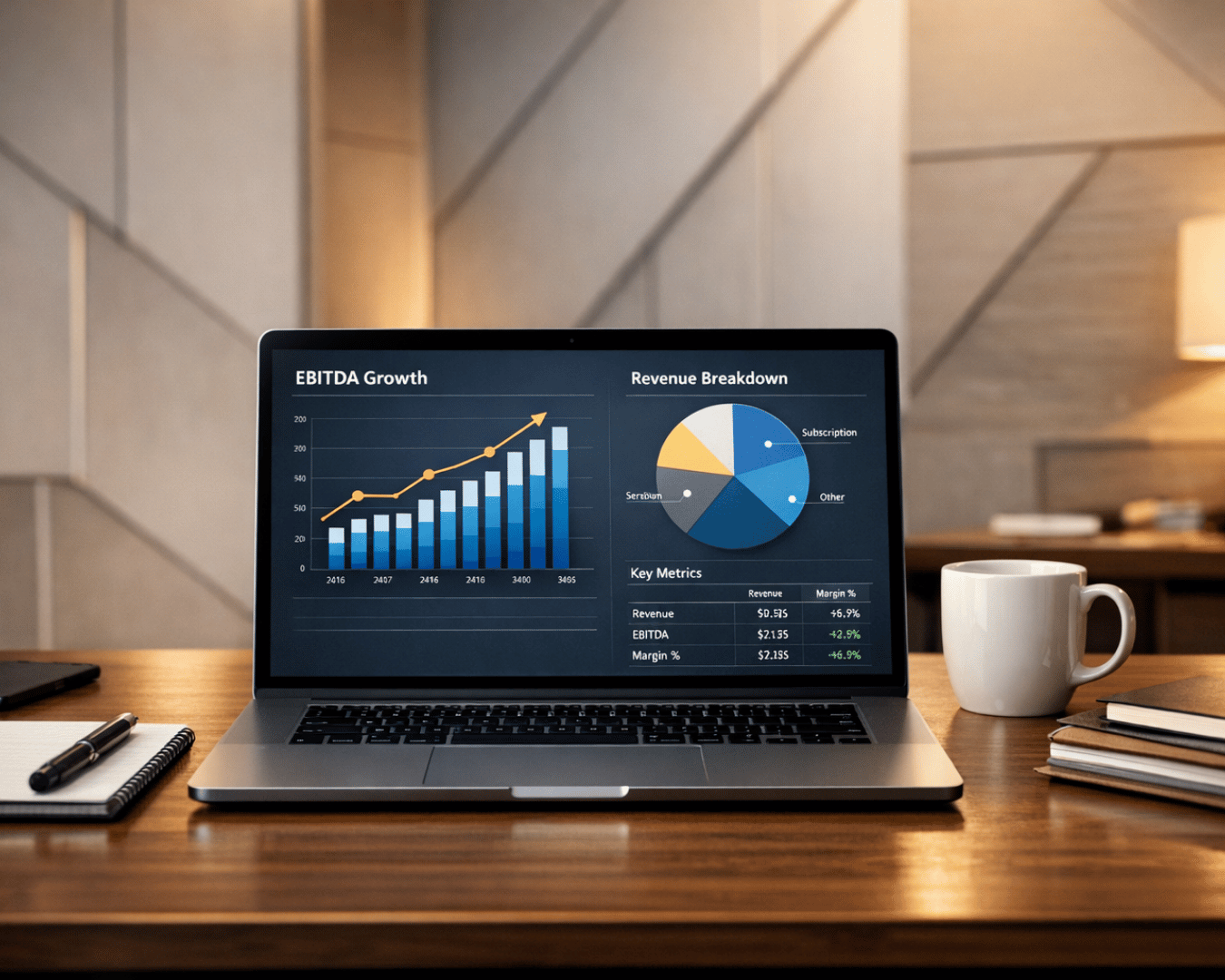










.png)
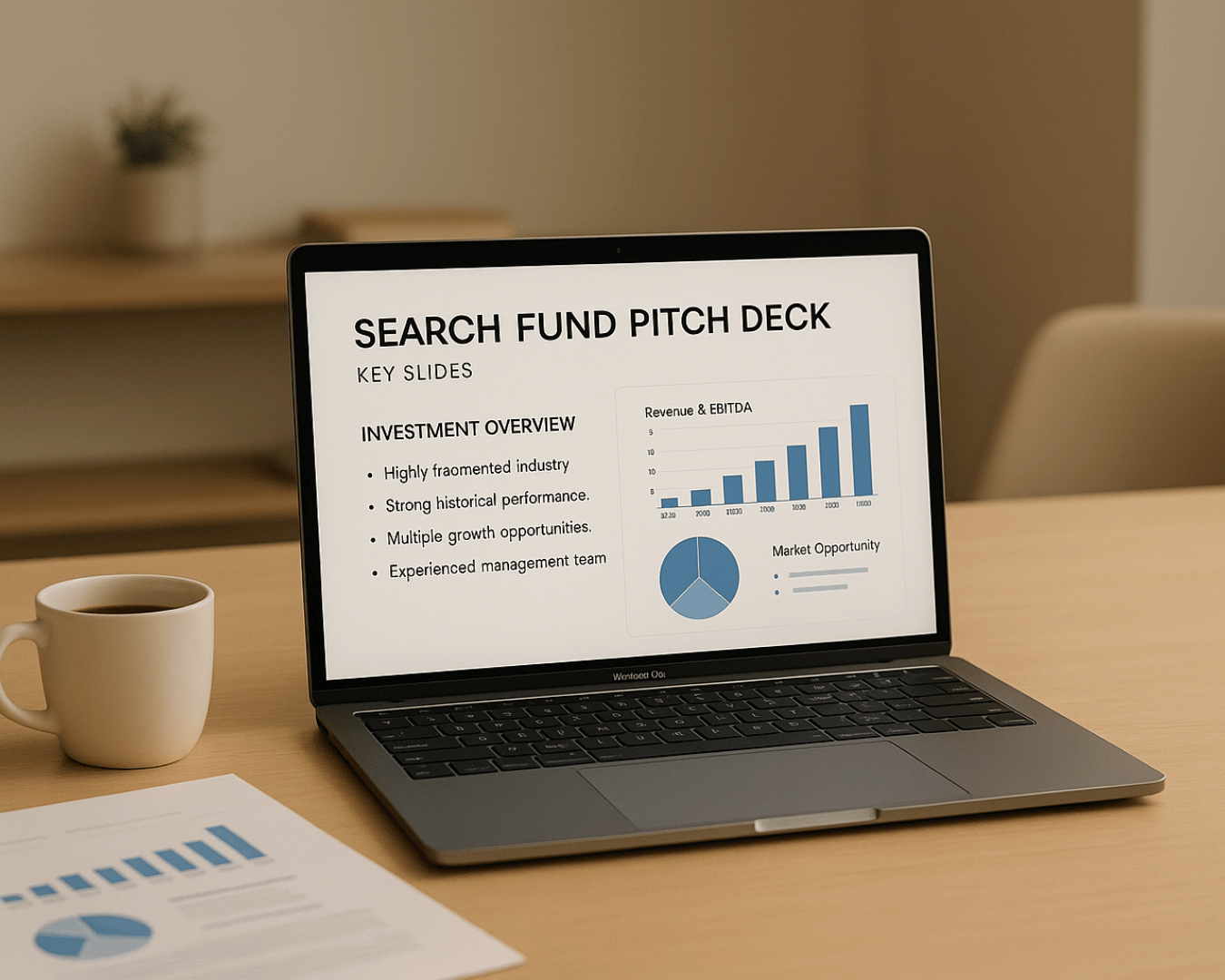




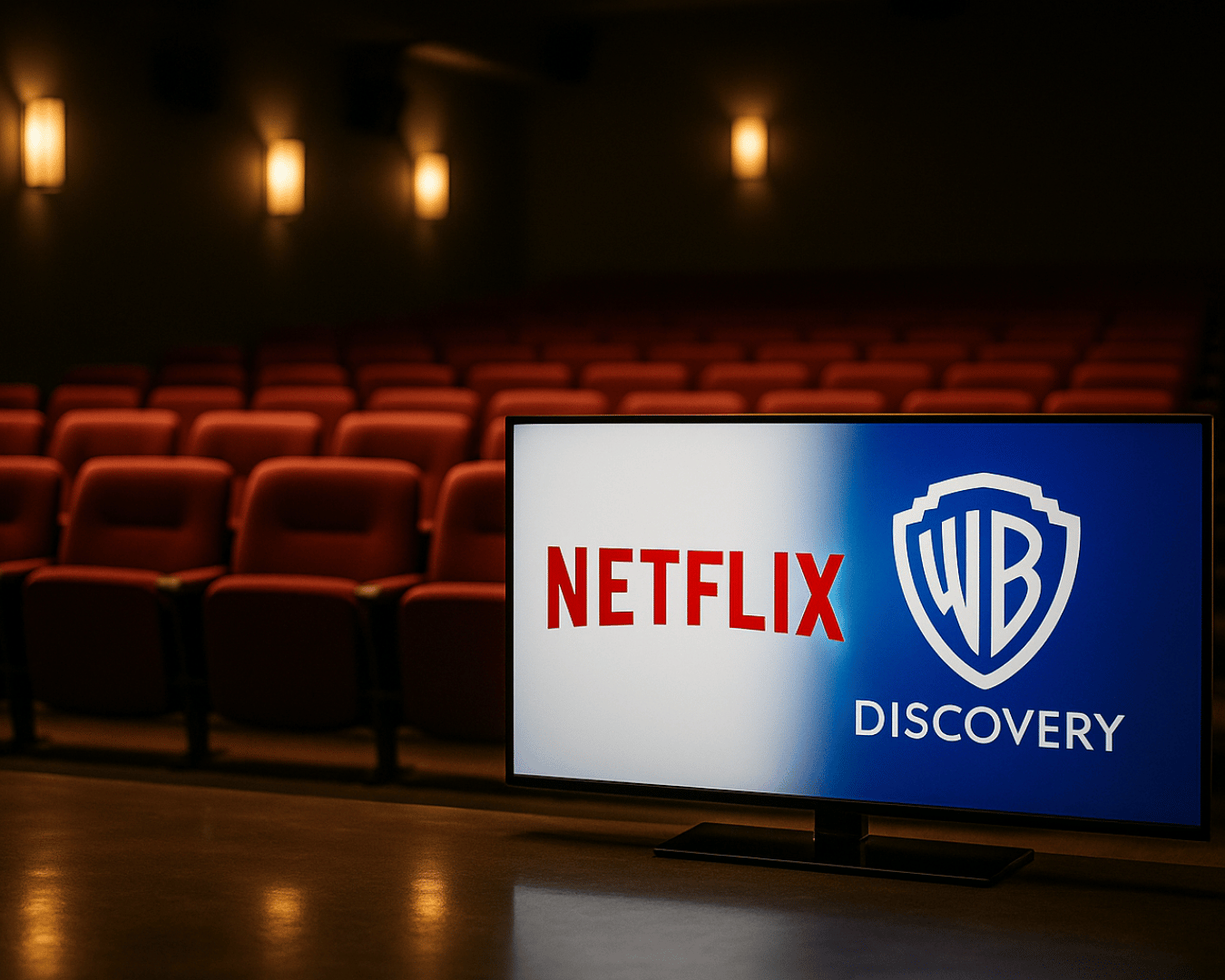




















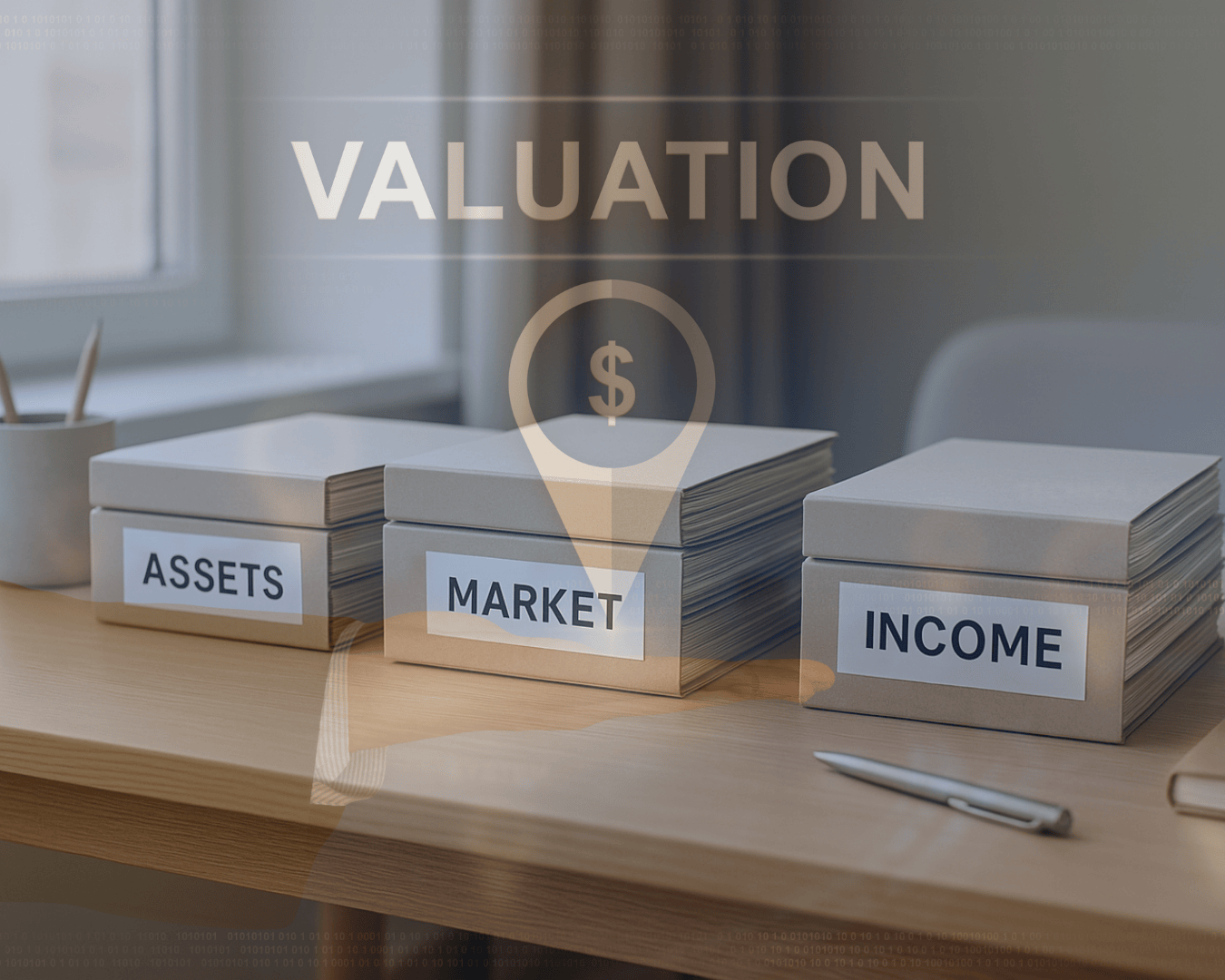
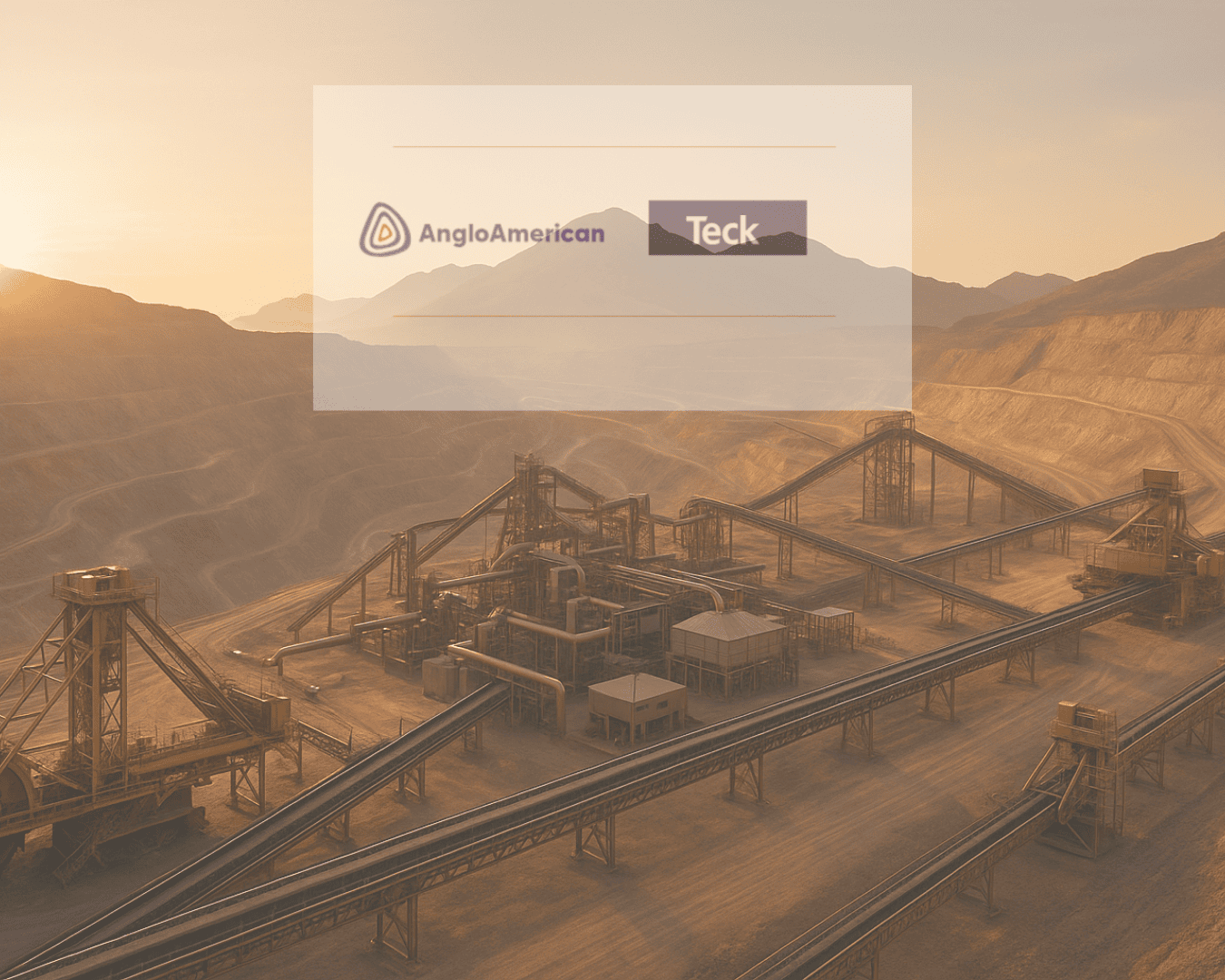

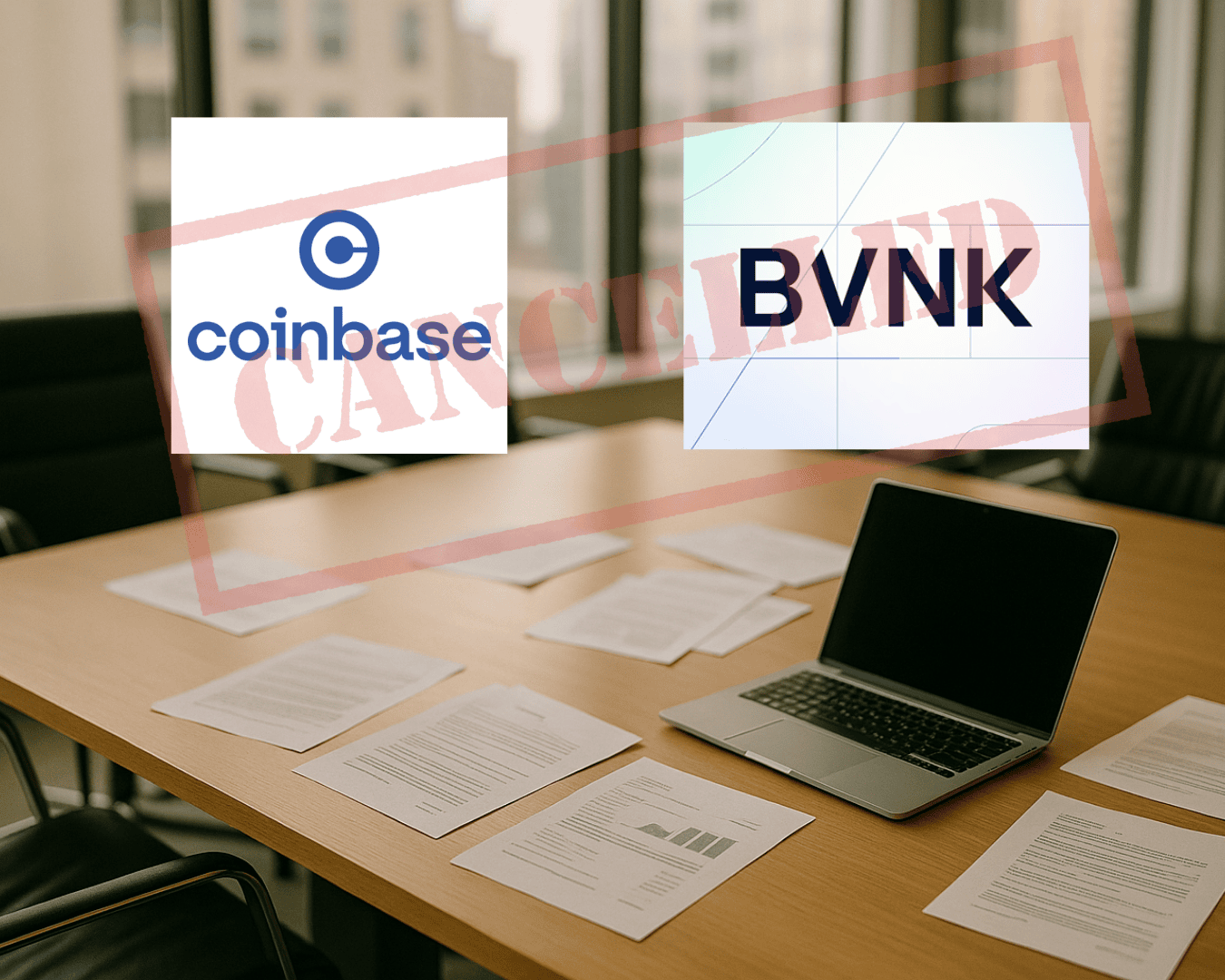









.png)

